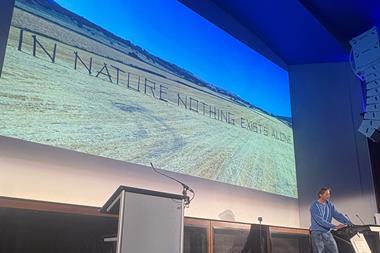
Anyone who’s worked in or with Tesco in the last decade will know its ‘five families’ segmentation: The Wicks, The Mayers, Roshni and so on. The families have become central to the way Tesco and its suppliers talk and think about customer needs and opportunities.
Of course, reducing tens of millions of customers to just five archetypes requires making huge generalisations. But generalisation can be good. When things are set up to serve these five archetypes well, many millions of real customers are served well.
No other UK retailer segmentation has come anywhere close in terms of its reach and presence. It has been best in class for traction. So it was a surprise to hear Tesco is adopting a new customer language – moving away from the five families as the headline act. Why has it done this, and what now?
Learning a new business language
The risk is obvious. If the five families model loses currency, it will initially become harder for buyers and suppliers to talk and plan together. It’s like being asked to speak a different business language. And people will worry what becomes of all that knowledge they have built of the families. Was all that learning wasted?
The upside? In forcing its people and suppliers to adopt a new way to talk and think about customers, Tesco may help them shed new light on age-old problems and opportunities. People may find they can see things in a new light. It will likely feel harder work in the short term. But perhaps being made to think again about customers will be worth it in the end.
So there is both risk and benefit. And yes, now the decision has been made, stakeholders will have to go with it. But hearts and minds still need to be won, so how can Tesco and Dunnhumby best manage the transition? It’s important that people can immediately see why the new approach is better, practically, than what came before. It would help to show immediate new growth opportunities as cases in point.
Certainly, Tesco should be careful not to position the new model as “something we are all on a journey to learn about together”. That might feel too academic for many in our pragmatic industry.
Nothing lasts forever. At some point, the benefits of consistency and ubiquity have to be traded for the potential of a new lens. Tesco has decided the time is now. But if we’re saying goodbye to the five families as the main lens for customer thinking at Tesco, let’s salute what a great tool it has been.
There are bound to be teething problems as it recedes – only time will tell if short-term pain will be worth it.
Jeremy Garlick is a partner at Insight Traction



















No comments yet